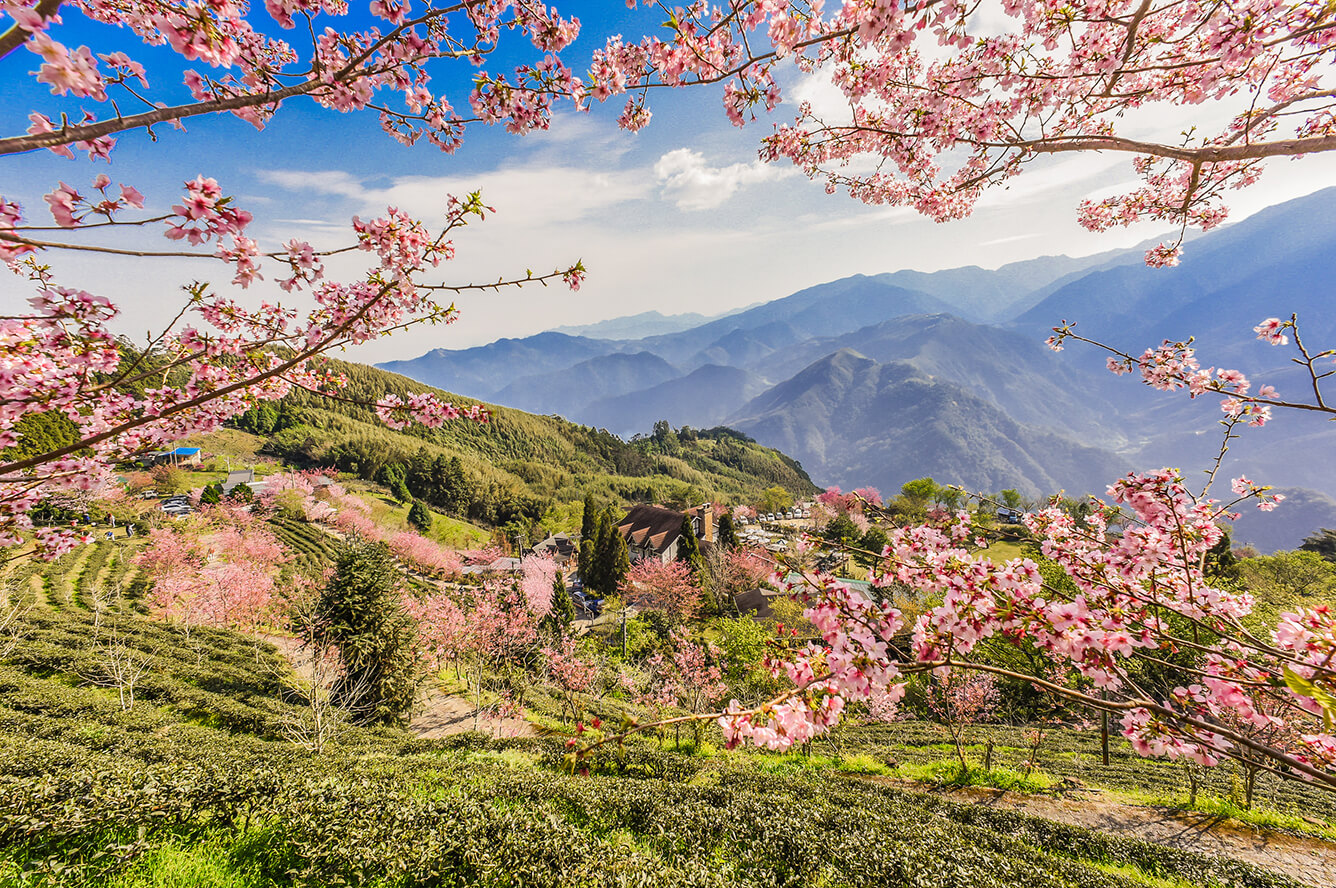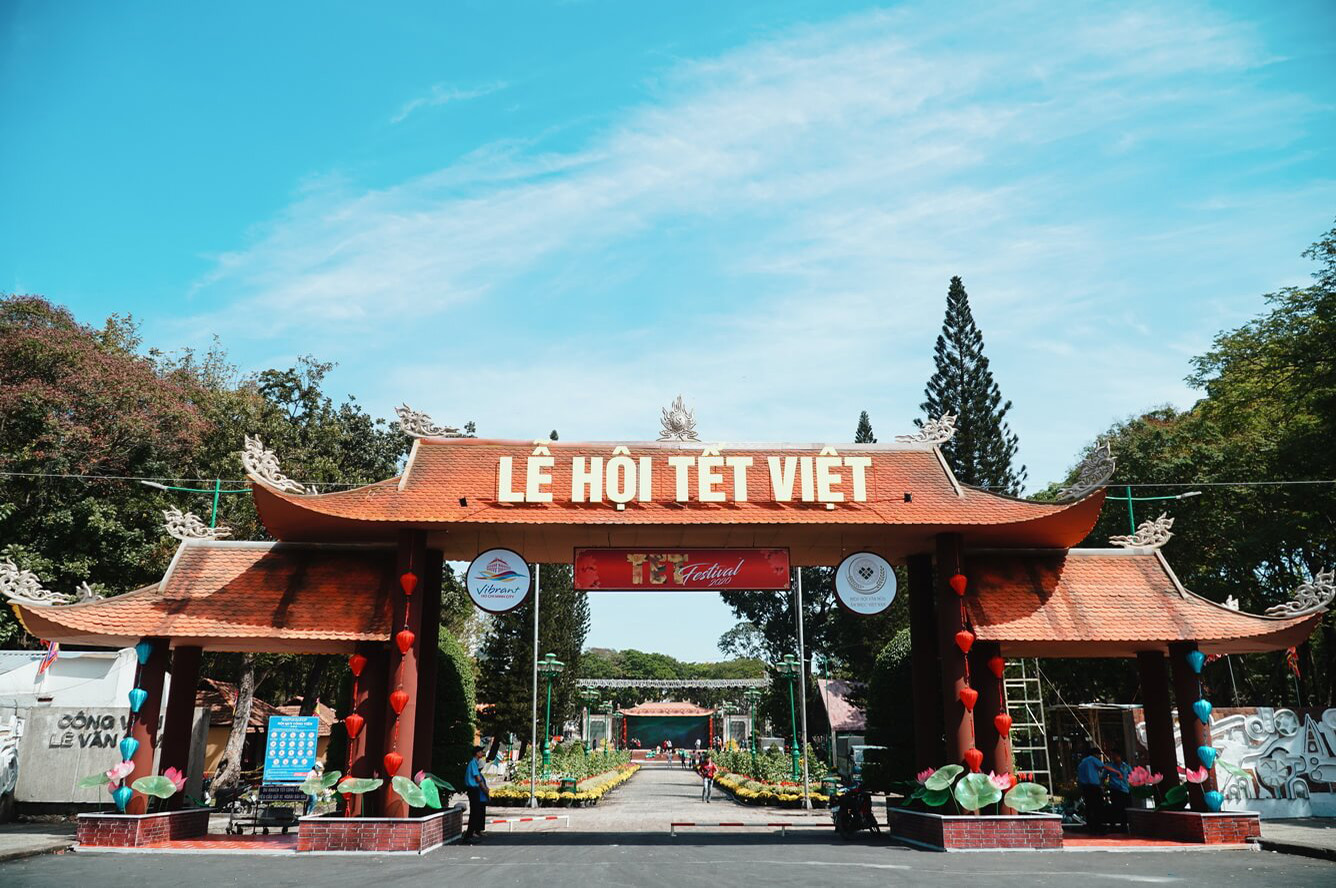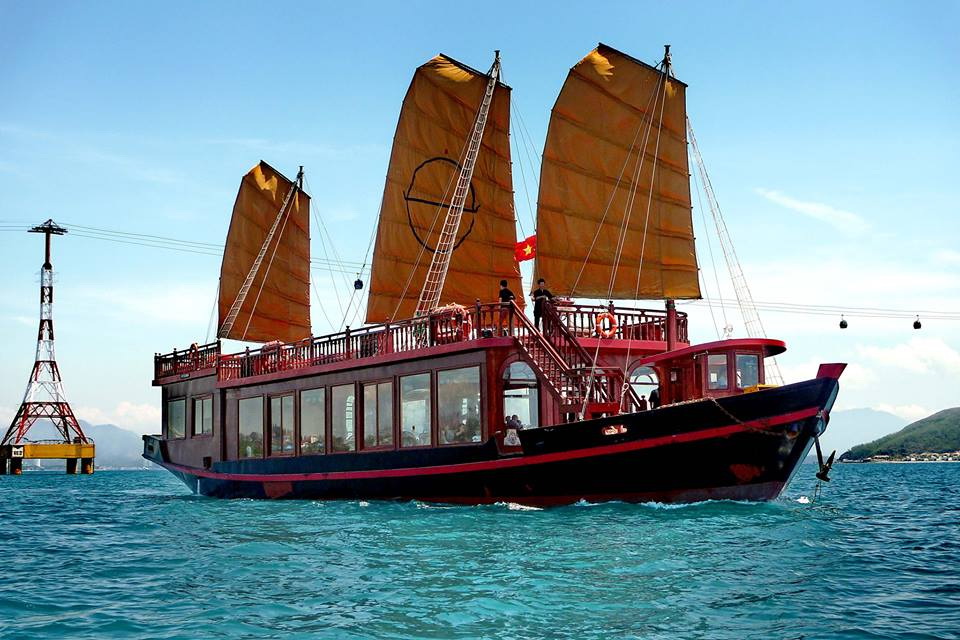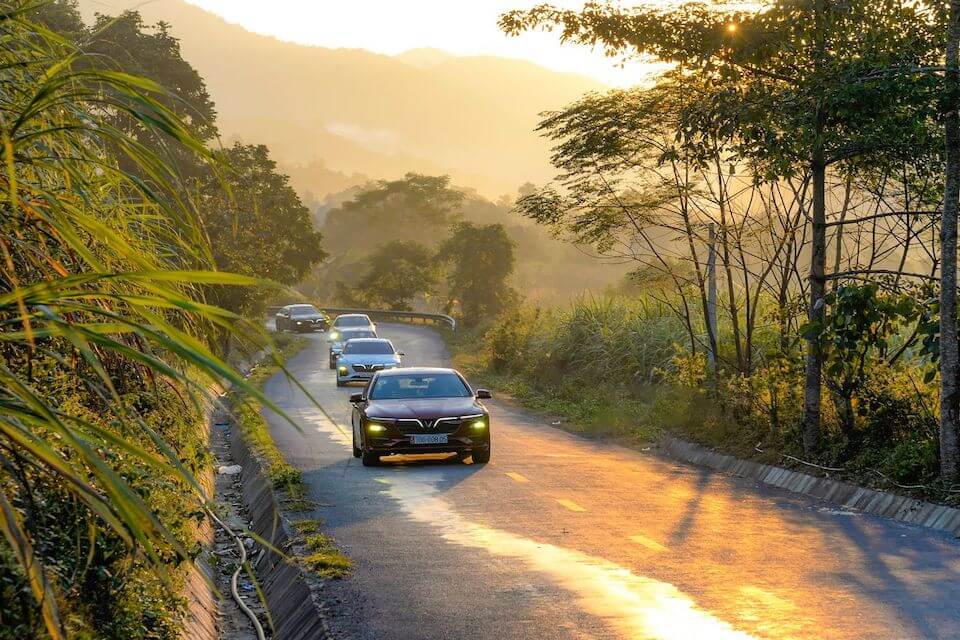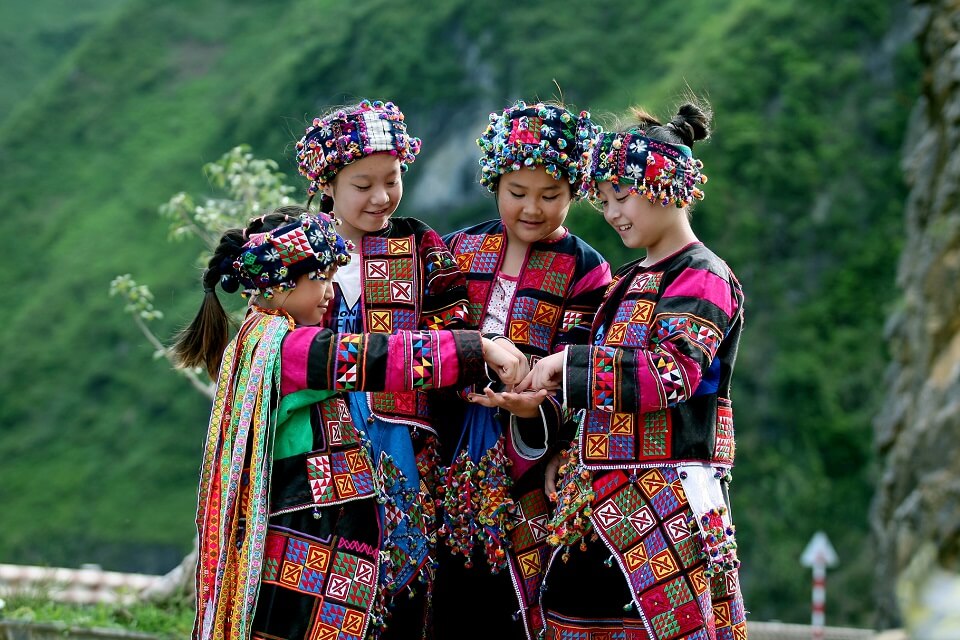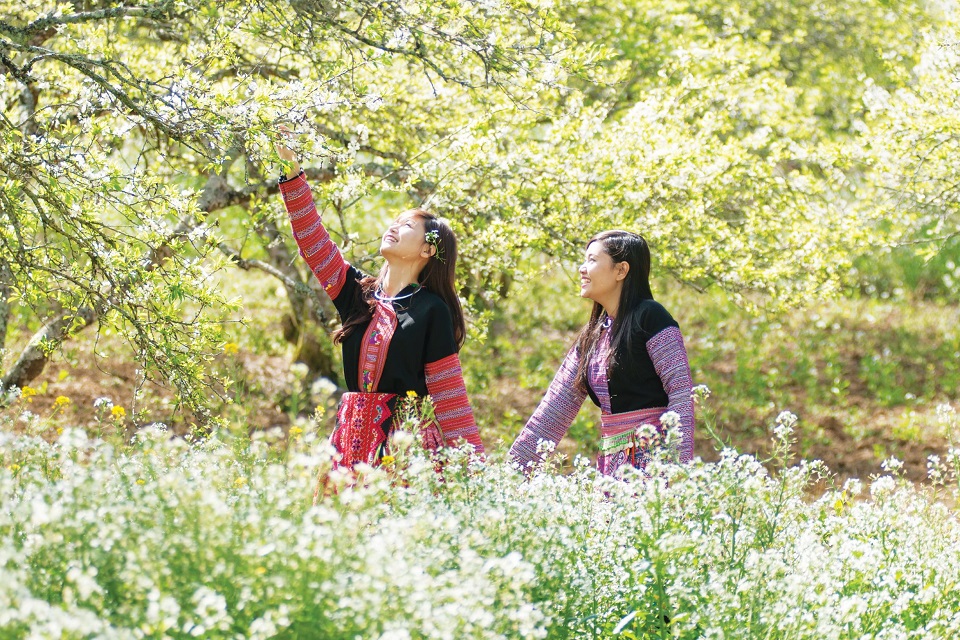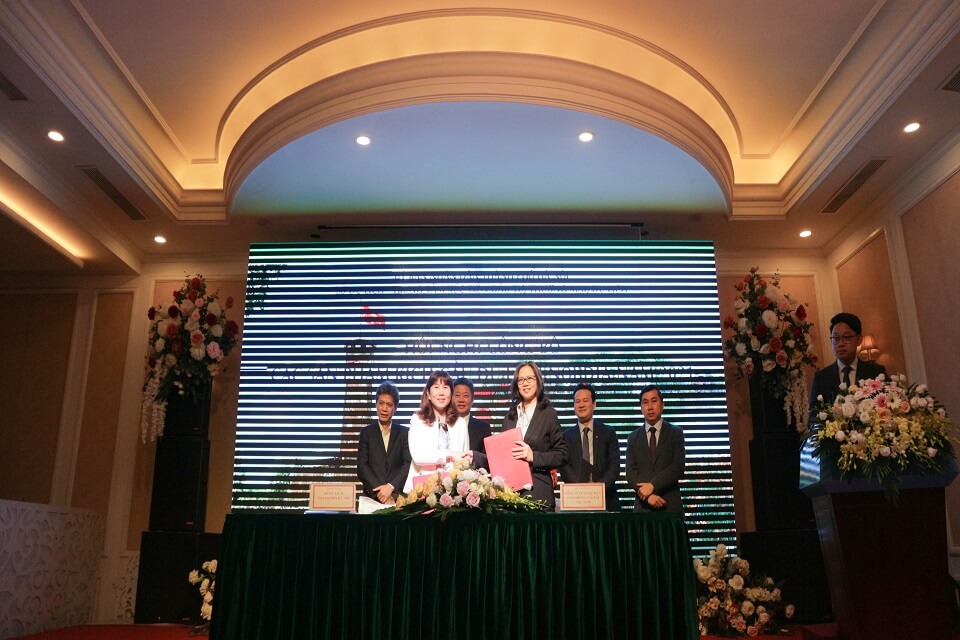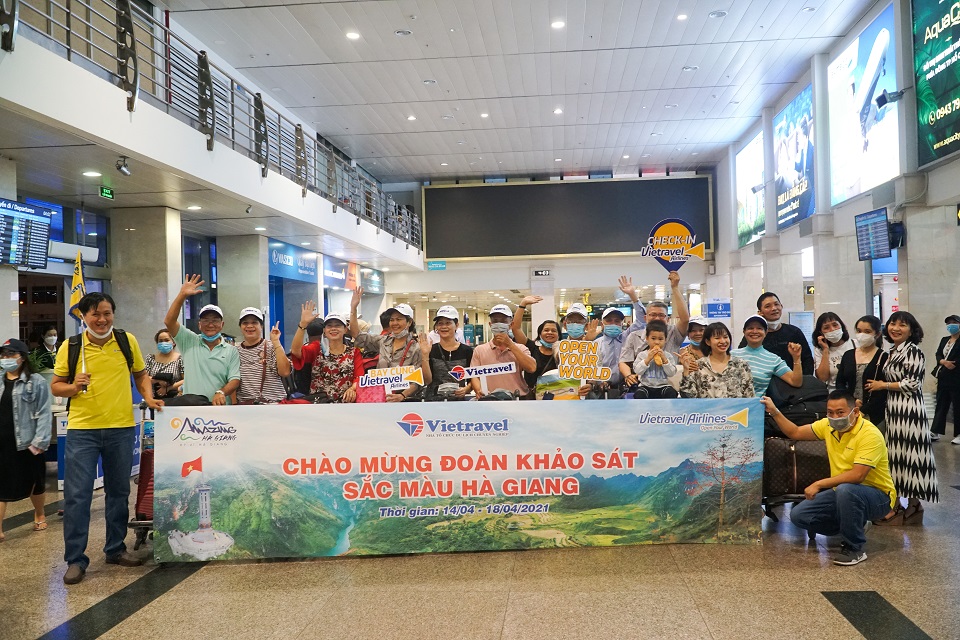Why You Should Stick Around Bangkok
Southeast Asia is a great place for indie travelers. It’s an easy part of the world in which to keep costs very low while still having an amazing time with incredible food, intriguing culture, and a plethora of architecture and natural wonders.
Here are a few suggested low-cost itineraries that may cause you to re-think spending a little more time in this fascinating, cosmopolitan city that offers such a rich fusion of the old and the new.
Traditional Thailand of yesteryear
From there, walk east along the river a block or so where you will find a charming waterside restaurant; or climb the stairs, walk across the bridge and down the other side for two equally good canal-side restaurants. Each have fresh, on the spot food and cold beer at extremely reasonable prices. (Cost: 20-40 baht – $1-1.50)
After lunch it’s time to take in some traditional Thai dancing. Seeing the authentic thing, rather than the many packaged shows put on for tourists, shouldn’t be missed. Just a few blocks south at the Erawan Shrine, located incongruously at the busy intersection of Ratchadamri and Ratchaprasong Roads in the midst of upscale malls and offices, live musicians and elaborately costumed dancers are on call. Erawan Shrine became popular after it was reputed to have protective powers, and locals drop by daily for prayers and to commission dances. The numbers are impromptu and the petitioner gets to sit on the pillow at the dancing platform and pray while his or her dance is performed. This is the real, local insight into Thai dancing. (Cost: Free)
Total Itinerary Cost Per Person: $3-4
Pound the markets & glide on water
On weekdays, browse Chinatown or Khao San Road, both great for people-watching and shopping. Khao San is the original hippie backpacker haven for Western tourists; although it is cheesy and overly touristy now, it’s worth a visit to have a beer and pick up fun (though overpriced) souvenirs. There are also lots of traveler-friendly services such as internet cafes, tourist offices, and inexpensive guesthouses, as well as a nightlife scene. Chinatown is sprawling, and much like Chinatowns in other big cities around the world, it is full of unrecognizable foods and tiny shops where you can buy everything from ancient Chinese curing herbs to plastic blingy trinkets. There are also some cool temples tucked into the meandering alleys, and Soi Texas enjoys a lively seafood stall scene that pops up in the late afternoon and evening. (Cost: Free unless you buy something)
Before sunset, make your way back to the Chao Phraya River for a cruise on the public water taxi (14 baht). Along the way you can glimpse amazing temples and a lot of local happenings. The public taxis are comfortable and easy to use, although locals use them for commuting, so around 5 pm they can get crowded. I recommend starting about 45 minutes before sunset for the most spectacular views, possibly at the northern end of the river at the Krung Thon Bridge (landing #16), to the Memorial Bridge landing (#6) at the southern end.
Total Itinerary Cost Per Person (Food & Transport): $3-7
Buddhas, Buddhas everywhere
From Wat Pho, you can head across the river to Wat Arun – but stop first for lunch at ferry landing #10, where an amazing array of street food stalls can be found. Bangkok is one of the best cities in the world for delicious, cheap street eats; here we had an incredible meal of stir-fried eggplant, chicken with saffron rice, eggrolls and Thai iced-tea. (Cost: 20-50 baht per person – $1-1.60)
Take the public ferry directly across the river to visit Wat Arun (4 baht), but before you board take advantage of the photo opportunity from the opposite bank. This “Temple of Dawn” was built in a distinctly different style as the first building of Thailand’s new capital after the sacking of Ayutthaya. Much smaller in scope than Wat Pho, it is impressive for its imposing stone structure adorned with mosaics, and the steep steps that let you climb about halfway up. An enchanting surprise is the collection of golden bells that dangle from the edges of the spires and cast a gentle melody onto the breeze. (Cost: 50 baht – $1.60)
Total Itinerary Cost Per Person: $4-5
Source Bootsnall

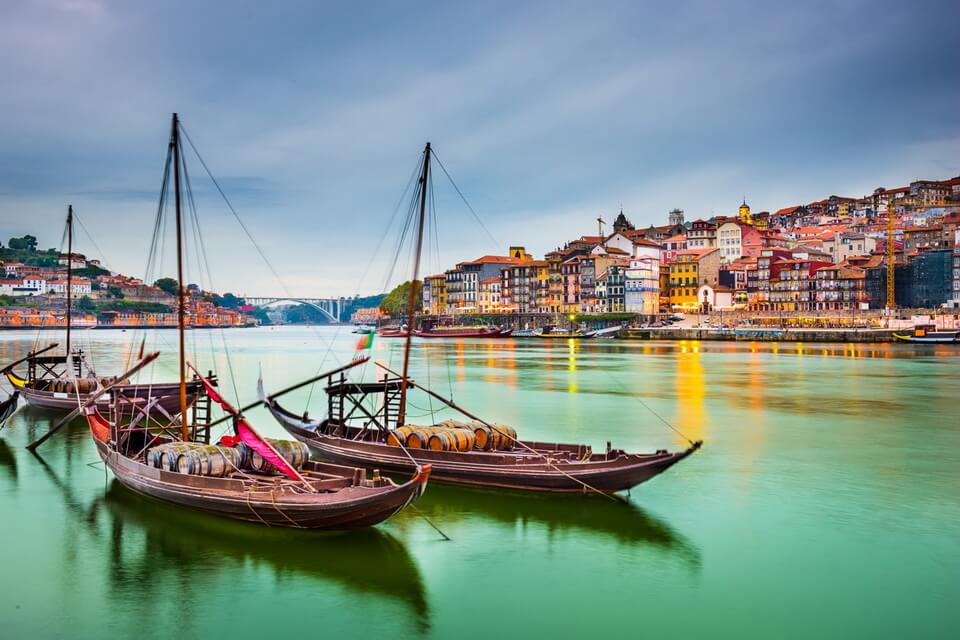
Benefits from investment for overseas settlement
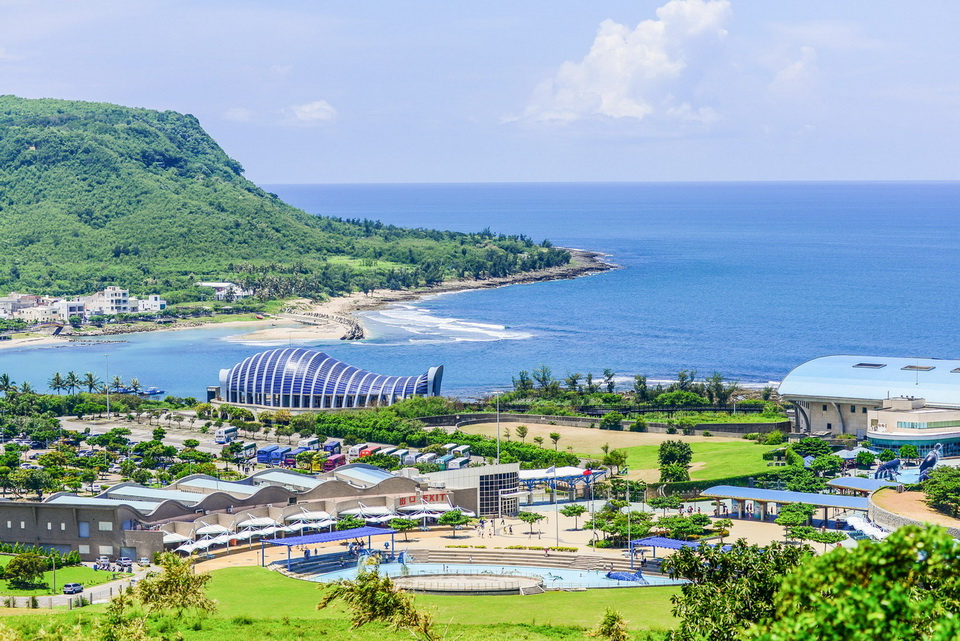
New experiences for travel in Taiwan
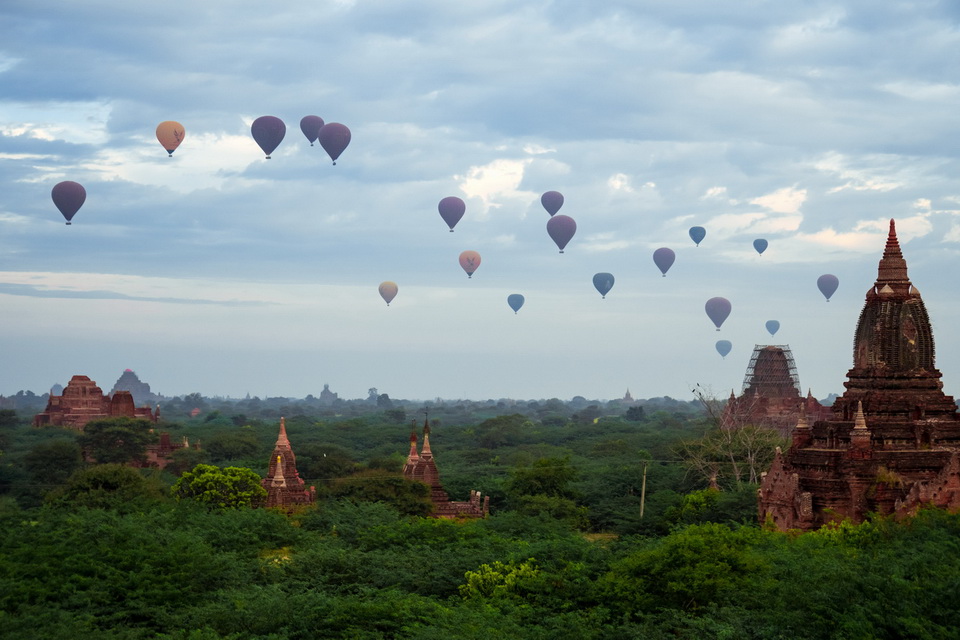
Exploring the ancient city of Bagan
Living a farmer’s life in Ibaraki Prefecture
Let’s live with farmers from the Hiroura Rural Experience Promotion Association in Ibaraki Town!
From cherry blossoms to nemophila, spring in Ibaraki is the season of flowers
Spring is the season of flowers blooming everywhere. This article would like to introduce the places ...
What's so special about experience tours in Ibaraki?
Ibaraki Prefecture is easy to reach from Haneda Airport or Narita Airport. It takes about 90 minutes ...
Where to see the most spectacular Cherry blossoms in this Spring
Spring is here, and so is the countdown to one of the most beautiful blooms of the year: Cherry blos ...
Tet and others spectacular festivals around the world in January 2020
In January 2020, Tet festival in Vietnam and others spectacular festivals around the world are color ...
The best Christmas drinks from around the world
Boozy, warming, and very indulgent – what more do you expect from a Christmas cocktail? Try one of t ...







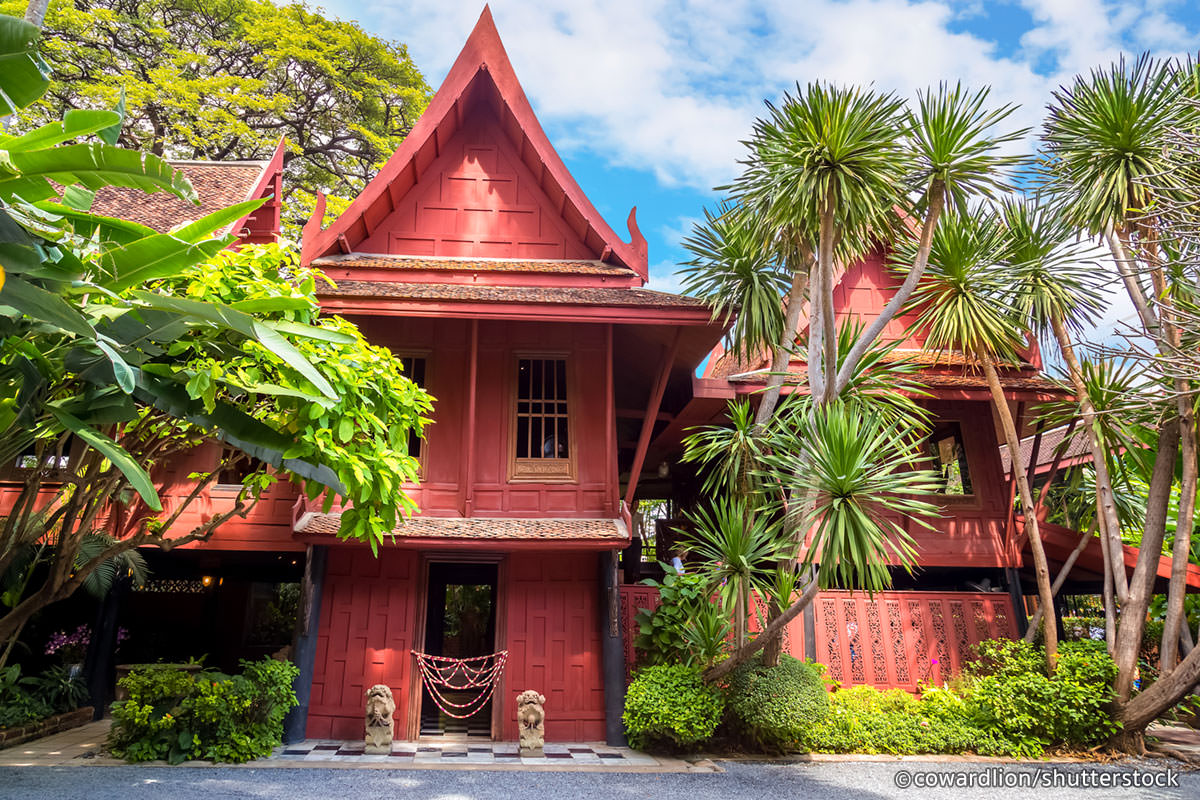
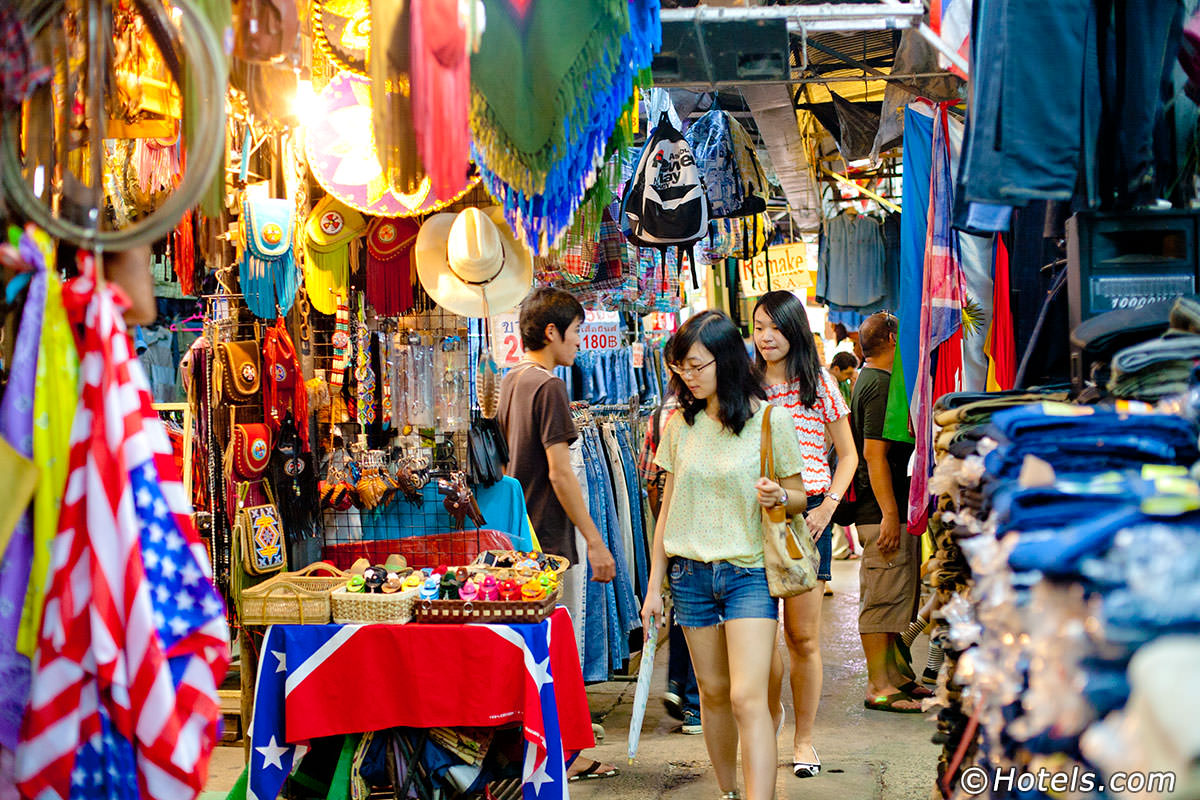
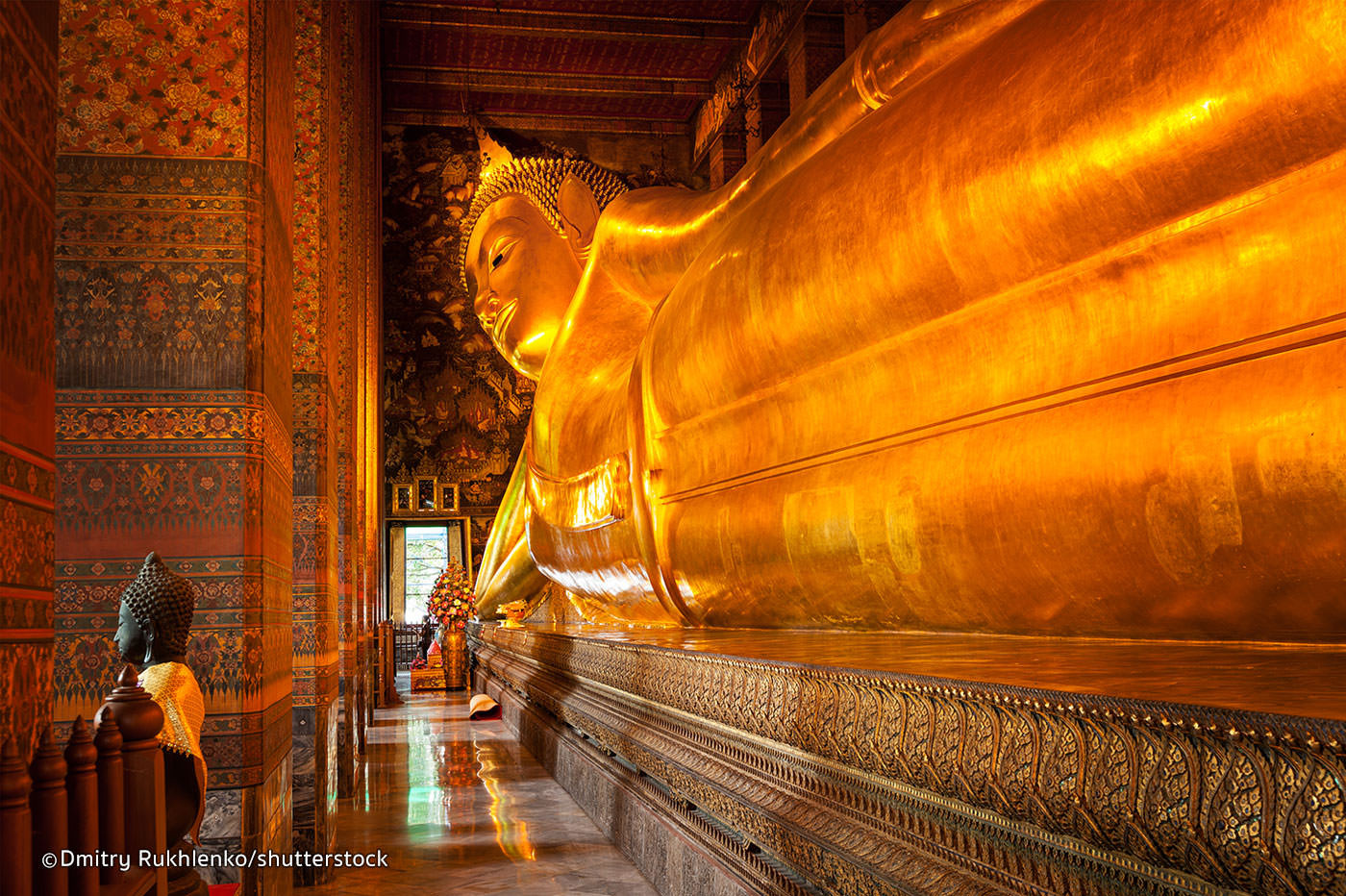
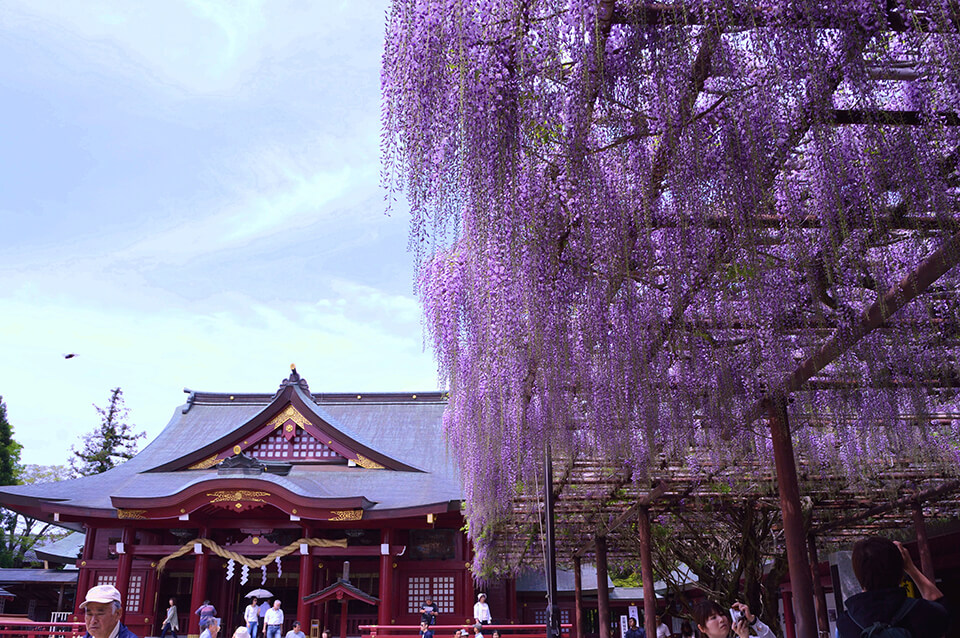
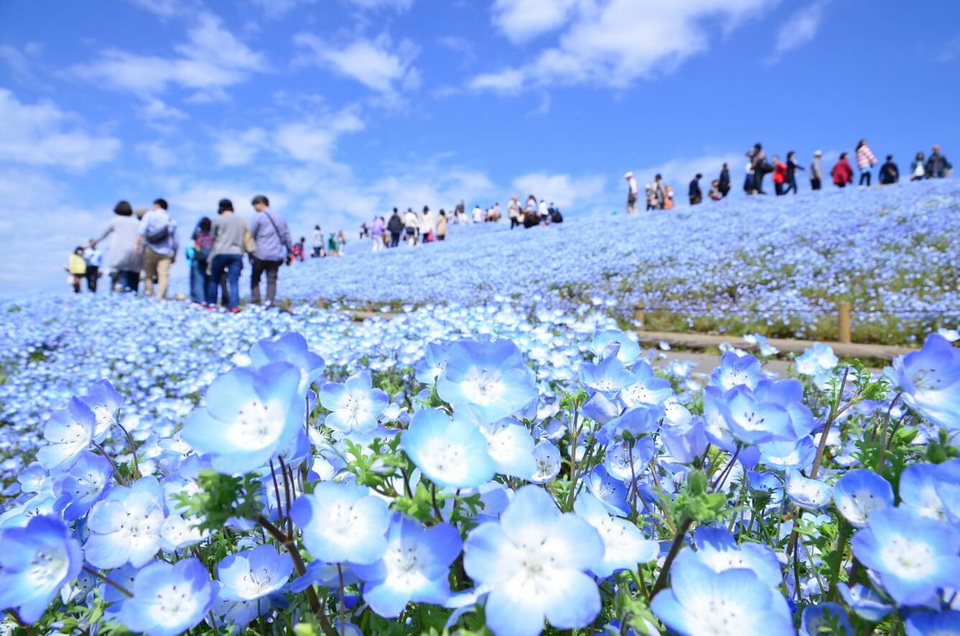
 (1).jpg)
